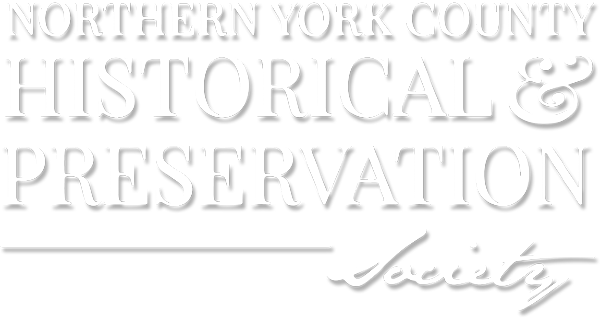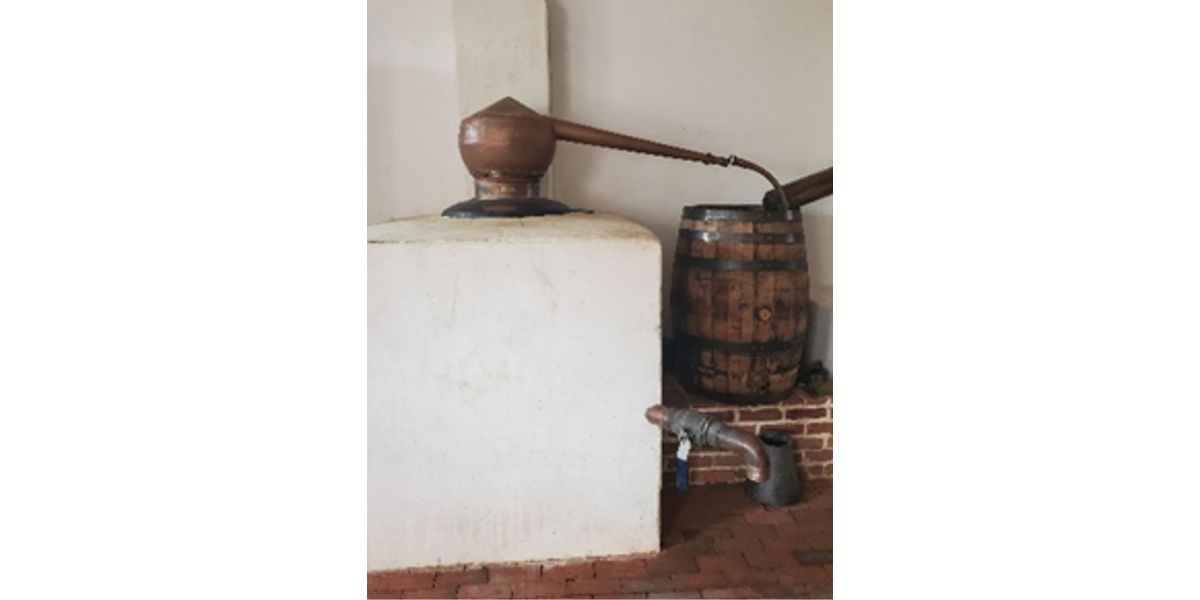
Impractical Distillers: Vol 1.5
Thinking: in the Box
Discussions of early American distilling inevitably include a reference to The Practical Distiller. Samuel McHarry from Lancaster, PA authored the book in 1808. This publication became the foundational document in the design and building of the Eichelberger Distillery at Dills Tavern. The volume contains observations, recommendations and receipts for producing ardent spirits pleasing to people from all levels of society.
Granted, some esoteric information is of limited use to modern, high-tech distillers competing for market share and shelf space.“Sweetening hogsheads by burning”, “greasing stills with bacon or tallow”, and “diseases of hogs”, aren’t problems needing solutions for modern distillers. But the “Impractical Distillers” of the Eichelberger Distillery employed this volume of practical recommendations as a compass on the journey to creating a place where 18th century distilling techniques on period equipment is preserved and demonstrated.
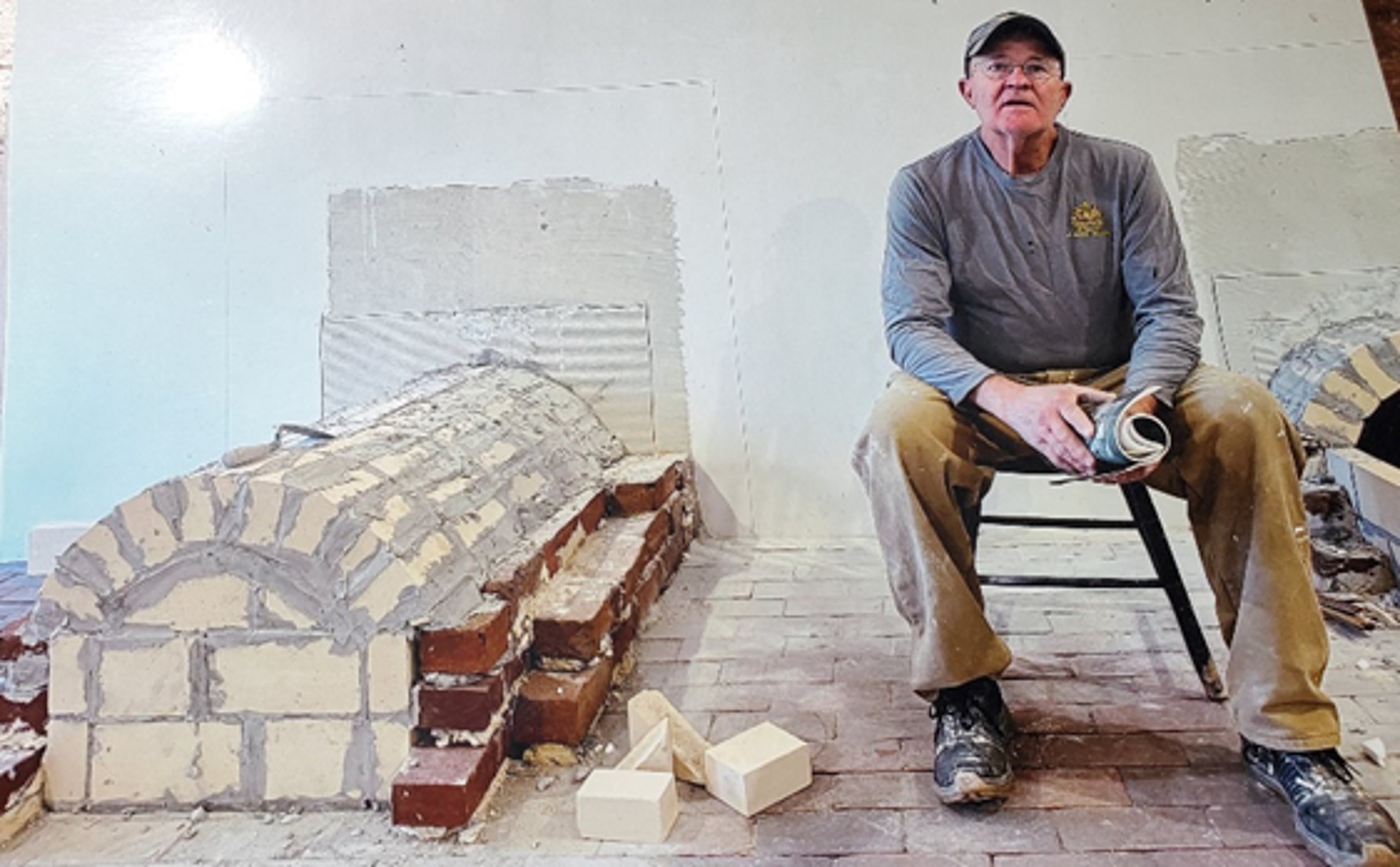
One of McHarry’s more unusual but useful suggestions was “The best method of setting Stills”. The writer devotes 2 pages describing how to construct a proper masonry box to house a still. Distilleries generally lack masons experienced in fireplace construction. Not Eichelbergers!
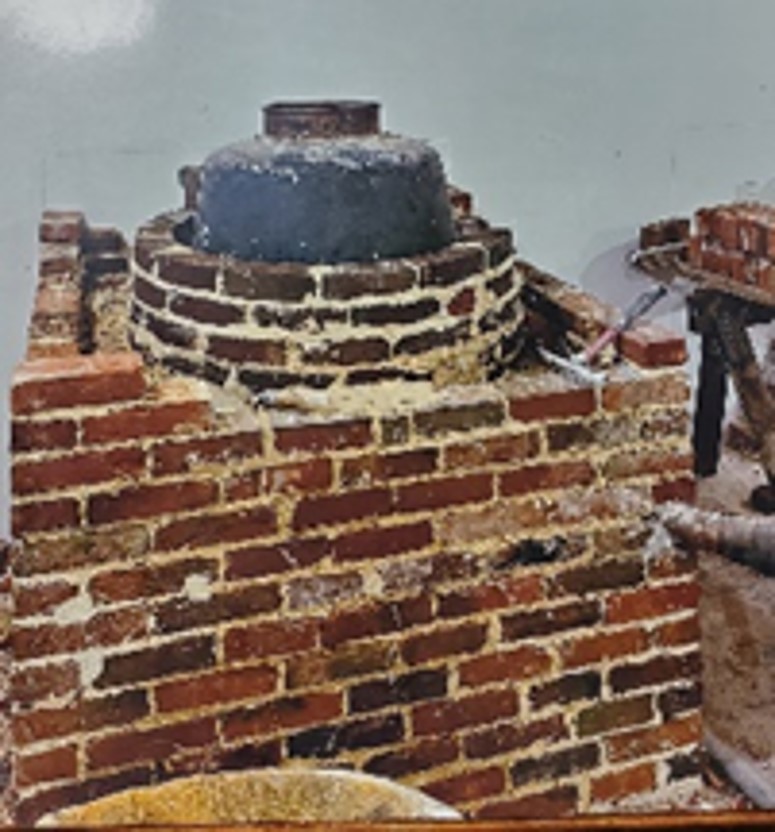 Sam read and re-read the description of how to construct a unit with an arched firebox and flue passageways to distribute heat evenly around the copper still. He finally understood McHarry’s thoughts on this design. It would protect the still and heat evenly to prevent scorching the mash. We built a practice still next to the Wheelwright Shop. It worked… at least for boiling water!
Sam read and re-read the description of how to construct a unit with an arched firebox and flue passageways to distribute heat evenly around the copper still. He finally understood McHarry’s thoughts on this design. It would protect the still and heat evenly to prevent scorching the mash. We built a practice still next to the Wheelwright Shop. It worked… at least for boiling water!
In the actual distillery, the masonry box was constructed of antique brick and slaked lime mortar. McHarry’s book contains no advice on International Building or Fire Codes. Fire brick and building codes didn’t exist in 1800 but in 2024 these were non-negotiable. The firebrick used for the arch was a blessing and a possible curse. Fire brick adds years of life to the firebox but does not transfer heat as efficiently as red brick. Therefore, it takes 4 hours for our stripping still, Mary, to get hot.
After reaching 180, the head is placed and luted, lyne arm connected, and condenser water started. In about 8 hours, if the weather is right and the firewood dry, the stripping run is finished.
The masonry unit was completed with a coat of lime plaster. Regrettably, the plaster conceals the exquisite brickwork beneath; however, it accurately reflects the 18th/19th century practice of plastering stone and brickwork.
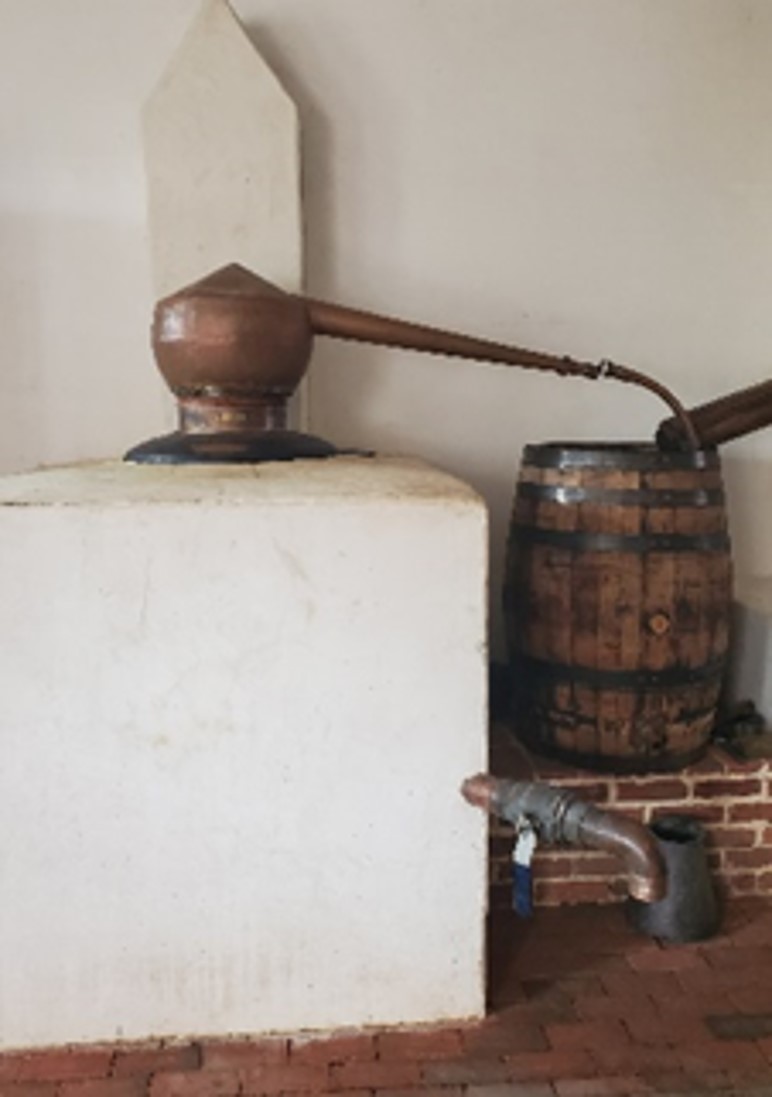 McHarry witnessed disadvantages in the distilling practices of his peers. When grain in the mash sinks to the bottom, direct fire on the copper can scorch the mash effecting the flavor of the whiskey. Plus scraping scorched mash from a still in 1800 or 2024 – sucks! His “out of the box” analysis led to the concept of setting the still on an arch ” in a box” to direct heat but prevent flames from hitting directly on her bottom. Many of McHarry’s other practical suggestions have been incorporated in the distillery.
McHarry witnessed disadvantages in the distilling practices of his peers. When grain in the mash sinks to the bottom, direct fire on the copper can scorch the mash effecting the flavor of the whiskey. Plus scraping scorched mash from a still in 1800 or 2024 – sucks! His “out of the box” analysis led to the concept of setting the still on an arch ” in a box” to direct heat but prevent flames from hitting directly on her bottom. Many of McHarry’s other practical suggestions have been incorporated in the distillery.
The Eichelberger Distillery has the only masonry unit in the country built and operating in this historic Pennsylvanian style . Come out and see Mary in her masonry box and the Impractical Distillers and Docents at the Eichelberger Distillery.
~The Impractical Distillers: Sam and Murray


